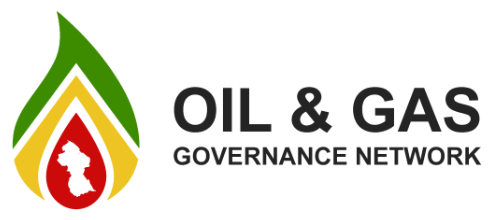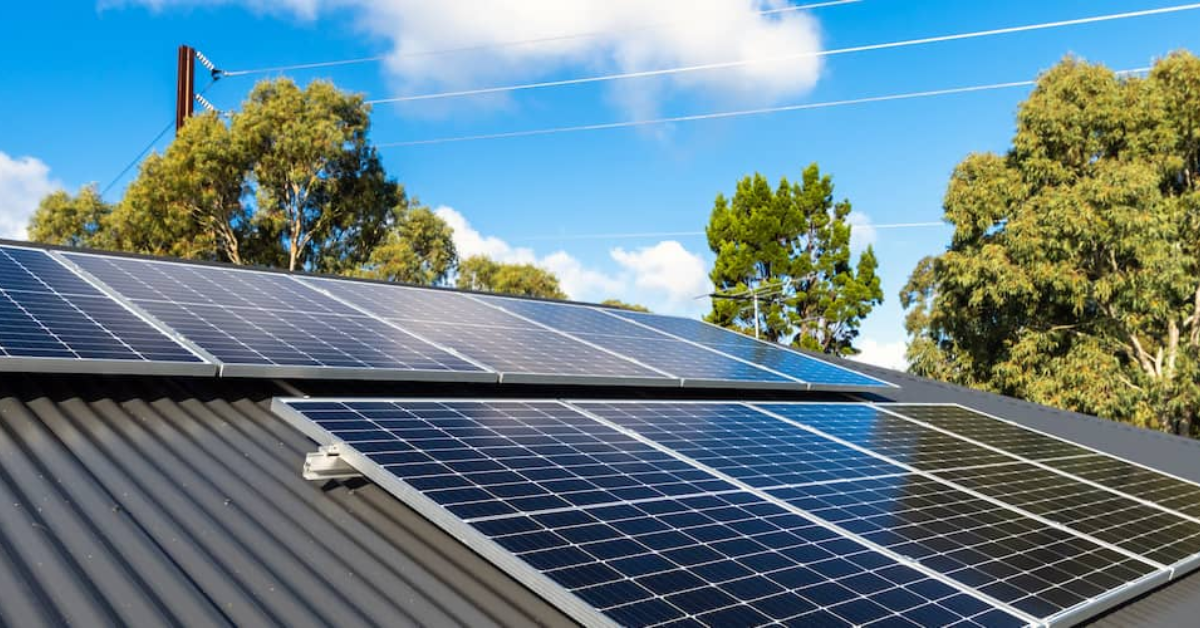I attended the Environmental Impact Assessment (EIA) presentation of the Yellowtail Development Project held Monday Nov 1, 2021, at the Leonora Technical Institute (LTI). The presenters were very cordial and courteous in their presentations and answers to questions. The EIA itself was published in 3 volumes on the Environmental Protection Agency (EPA) website, and its quality was by far better than that of the Liza Project. It was evident that EEPGL heeded the concerns of many environmentalists, and even included diagrams of some key processes. To its credit, EEPGL also printed a non-technical summary of the EIA and handed it out to attendees.
I did not need to hear the presentations, for I would have familiarised myself with much of the EIA, but I appreciated that residents and workers in Region 3 might want to hear them. I did not arrive on time but ascertained from a nearby colleague that they started punctually at 4 pm and presented until 5.30 pm of the scheduled 2 hours. This to my mind was unsatisfactory. Leaving only half an hour for questions was disrespectful, but the EPA moderator saw the need to extend it an extra half an hour. That was still not enough, for I still had my hand up when time was called, and there was at least one other person who did not get a chance to ask his questions.
The first question from a resident was on the monitoring of the environment. Who would be doing it? After wasting time repeating what wastes would be monitored, the EPA eventually said that their officers are undergoing training and are doing the monitoring. I asked why therefore were my requests on behalf of Transparency Institute Guyana Inc (TIGI) for monitored information, made since last February to EEPGL and since March to the Ministry of Natural Resources and the EPA, with reminders, have never been answered. The reply was that there is now a new executive director. Apparently this means that there is a new EPA, with no corporate responsibility for its mandate to the people of the country according to the Environmental Protection Act, and I so protested.
A lot of the presentation was that the resources and environmental impact would be well managed according to international standards, beginning with production, for which the daily figure of the previously approved projects are not forthcoming in a timely manner, not even from the Bureau of Statistics. But there is no qualified body we can have confidence in to check on the maintenance of these international best practices.
The EIA contains a salutary and very informative participatory fishing study to get baseline information. This is only fair because fishing is a livelihood for many families all along the Coasts of Regions 1 to 6. However, while there is a well-written stakeholder engagement plan (in Vol 3), questioning revealed that there is as yet no register of fisherfolk. Meanwhile, there is no methodology that currently enables the lack of catch in recent times to correlate or not with drilling and exploration being carried out. So while there is a grievance procedure, the poor fisherfolk, without access to information about what is going on where and qualified persons on their side who are genuinely concerned about their fishing livelihood, will always be in the dark as to the cause of any diminishing returns. Oil may be important, but it will come to an end, while fishing can continue for generations in a good environment for many ordinary people not privileged to enjoy the big profits of oil.
In an effort to demonstrate the value of the Yellowtail project, one presenter said that it will contribute taxes to the GDP of the country. Knowing full well that the oil companies privileged to work here have their taxes paid for them by a perverse arrangement with the Governments, we have to endure, I could not resist asking, “What taxes?” The answer given was that the workers in our oil industry would earn money and pay taxes — which so truly reflects where the burden really lies.
Lots of risks of oil spills, leakage of hazardous wastes, etc., were assessed as very unlikely, so the question of insurance came up again. It was stated categorically that all Exxon operations was fully insured, but the beneficiary was not disclosed. When ordinary people take out insurance, compulsory by law if failure of some responsibility like driving a motor vehicle can lead to harm, an insurance policy with terms must be signed. When asked to see the terms of the insurance policy, time was wasted repeating the unlikelihood of the risks. After insisting on an answer, an EEPGL spokesman clearly asserted, “Exxon has the responsibility and capacity to clean up any mess.” It therefore begs the further question that if the risk is so unlikely, why are insurance companies not hustling to outbid each other for the privilege. As if to comfort us, it was further stated that the Government is looking into it.
As already mentioned, lots of questions could not be covered. The matter of how impacts are assessed as small, minor or negligible merits discussion. E.g., mangroves are assigned sensitivities based on a combination of relative biomass, mangrove age, and stability (whether it was eroding, stable, or expanding); but how hard would it have been to put in the formula(e) of the combination? And why was the effect of the recent removal of the mangroves at Malgre Tout not considered. Maybe I missed it, but I could not see that the EIA included studies of the fish nurseries and other habitats harboured by the mangroves.
The presenters did a good job answering some questions, so I am recommending and hoping they would be willing, if requested, not to make another presentation at the upcoming Zoom meeting on Nov 11, but to use all the time to answer questions from people qualified to ask and understand. They have already done the positive thing in the spirit of their stakeholder engagement plan (SEP) and scheduled that Zoom meeting.
Regards
Alfred Bhulai










